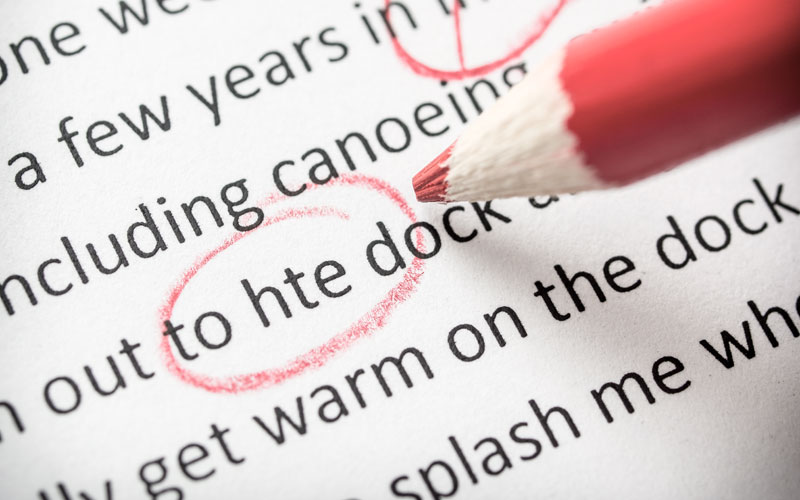
Drive-By Marketing
December 14, 2023Before you write a word of content, there are some essential things to consider regarding e-mail marketing. While e-mail marketing is a key part of any communications plan, it can be the most challenging. Below are a few strategies for you to consider beforehand.
First Impressions are Everything – You work so hard on an e-mail, and the last thing you want is for it to be ignored or worse — deleted. You want your e-mail to stand out in someone’s inbox. In order to do this, your subject line needs to shine through loud and clear. The more creative the subject line, the better the open rate. Recently, I wrote an e-mail promoting a culinary event and fundraiser in the heart of Chicago. I wanted to compose something that would resonate with readers and excite them about this fabulous event in their city. My subject line was “One Night Only – Forget About Deep Dish Pizza!” The high open rate from that e-mail proved to be worth the extra time to think of an enticing subject line.
Also, remember to check who your e-mail is coming from. Is it from a specific person within your organization, or is it from [email protected]? Which one do you think your readers would prefer to get an email from? Putting a name behind an e-mail gives a face to the organization and a more personalized touch.
First impressions make all the difference when it comes to e-mail marketing. And you want your email to send the right message.
Target your e-mails – Knowing your audience is critical to your messaging. Before you write any content, think about who is reading your e-mail. Are they engaged supporters or people on the fence about donating to your nonprofit? For example, if you are promoting a special event or a fundraiser, consider sending two separate targeted e-mails. The first one can go to people who have shown interest in your event but have yet to register. Think about what will get them to register. Will it be a story about the research you are funding? Can you discuss where the money is going and feature someone who benefited from that program or service? And, of course, how do you answer the question your reader is asking themselves — what’s in it for them?!
The second e-mail is for those who have already signed up to give them important information about the event and encourage them to invite their friends. Who is going to be there? Is there a program? If so, who is speaking? Is there a live or silent auction? If so, what are some of the items up for bid? What are the big ticket items? Participant e-mails are a great way to reach out to people already engaged in your organization. And they will open the e-mail to get all the event’s updates.
Have a Call to Action – E-mails should always have a call to action or CTA. Do you want readers to donate, sign up for an event, or take a survey? Make sure your CTA is visible to the reader. Don’t just create a link in the body of the e-mail and expect people to find it. Place a button in the e-mail that they can’t miss. Make it easy for your readers to take the next step.
Pro Tip: Get creative with the language you use on your CTA button. Instead of “Donate Here,” you can put “Help Families This Season” or “Give the Gift of Shelter.” Suppose you want people to respond to a culinary event. how about “Save My Seat.” For a charity race, “Ready, Set, Go” to sign up. The more creative, the more engagement!
Respect Your Contact List – Your contact list is a valuable commodity; you’ll want to treat it like that. People who willingly provide their e-mail addresses are saying that they want to hear from you and trust you with their personal information. So please take into consideration how often you are e-mailing them. There is a fine line between keeping supporters engaged and inundating them with too many e-mails.
Also, are you managing your list by removing bounced email addresses or unsubscribes? Did you add the people who asked to receive your e-mails? Are your existing e-mails up to date?
Also, take into consideration how often you are e-mailing people. There is a fine line between keeping supporters engaged and not inundating them with too many e-mails.
Timing is everything – Believe me, when you send an e-mail is just as important as what is in it. What is the sweet spot when people have time to open your message, read it, and respond? Feel free to test different times of day and different days of the week within and outside of regular working hours. Lots of people read their e-mails at night and on weekends.
Pro Tip: Be considerate of time zones. When I e-mail our West Coast supporters, I make sure they aren’t receiving it at 3 in the morning. No one wants to be awakened in the middle of the night by the ping of a notification. Let them sleep! 🙂
If you consider these things before writing your e-mail, you will likely see an increase in open rates and grab a few more loyal supporters along the way.




